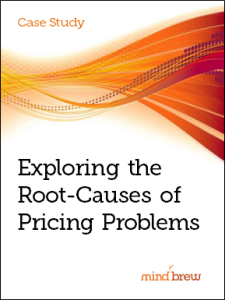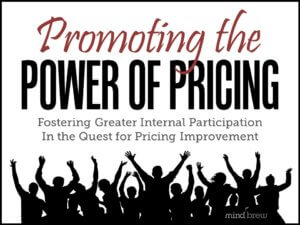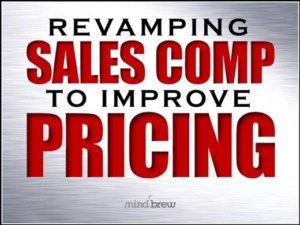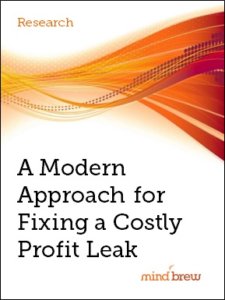In B2B, pricing is often purported to be the root cause behind all sorts of problems and issues. Strategic issues, tactical issues, financial issues, and even certain personnel issues are often said to be the result of defective pricing. Is the company losing market share? Well, the pricing must be uncompetitive. Are customers defecting? Again, something must be wrong with the pricing? Duh!
Lost that big deal? Pricing.
Disgruntled salespeople? Pricing.
Margins tanking? Pricing.
Inventories bloated? Pricing.
Shareholders screaming? Pricing.
Car didn’t start this morning? Pricing.
Kids won’t eat their veggies? Pricing.
It’s just so easy to blame pricing—for anything and everything. After all, nobody really seems to know whether the pricing is right or wrong. So, when it’s convenient to do so, why not just say that it’s wrong? Everyone will nod their head in agreement and go about their business. It’s simple. It’s intuitive.
And, it’s complete and utter Bravo Sierra.
You see, most supposed “pricing problems” are usually just symptoms of problems in other areas. Pricing is the point of the spear, where the decisions, actions, and inactions of a bunch of different groups all come together and are made manifest as a price in the market. So, while pricing problems may be the symptom, nine times out of ten you can bet that the real root cause lies somewhere in marketing, sales, accounting, or sometimes, even HR.
But when companies stop at a default diagnosis of, “Something’s wrong with the pricing,” they never identify and fix the true root causes of the issues. Instead, they erode their margins further trying to “fix” the symptoms through price reductions and larger discounts. And thus begins a downward spiral as the “fixes” lead to more “issues”…which then lead to even more “fixes”…that cause even more serious “issues.”
The bottom line is this: Treating a symptom is never as effective as addressing a root cause. And it’s important to understand that most pricing problems aren’t really pricing problems at all.














